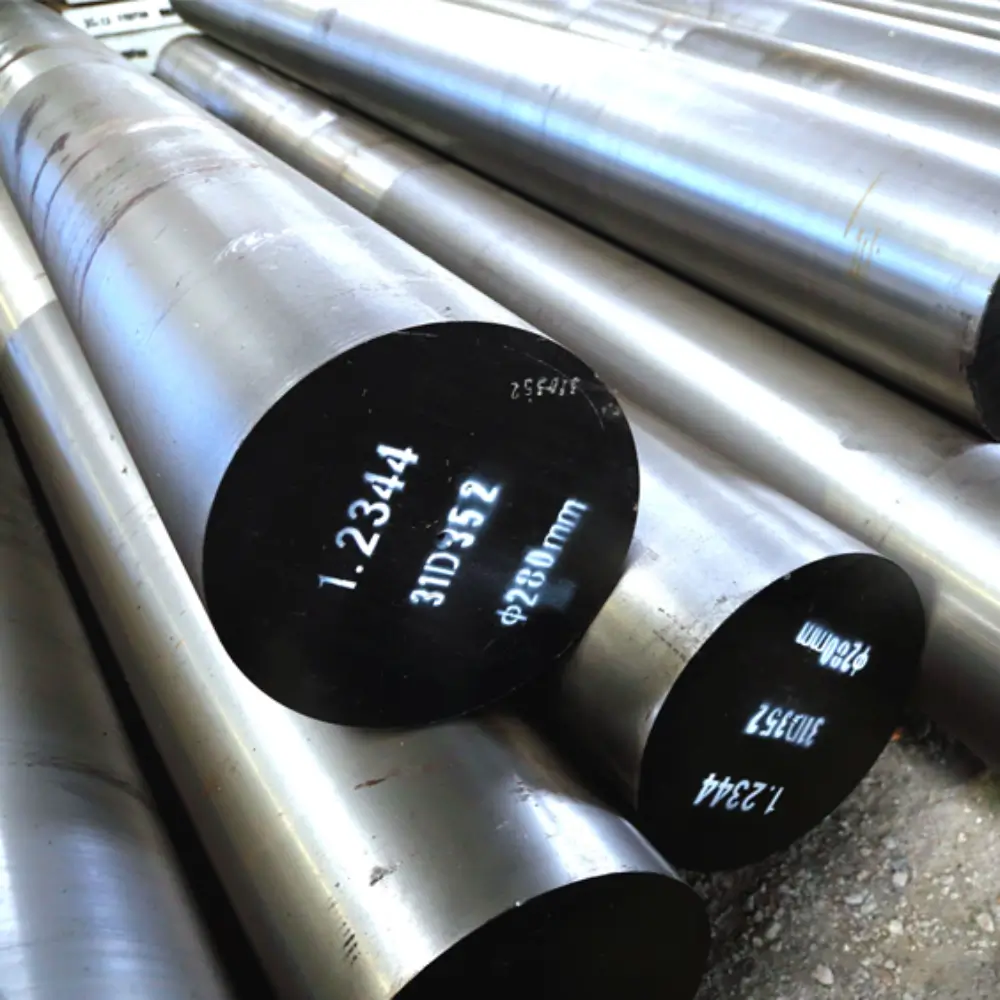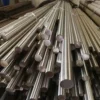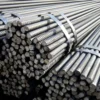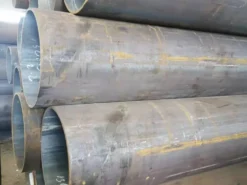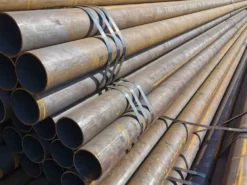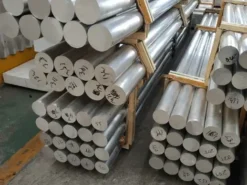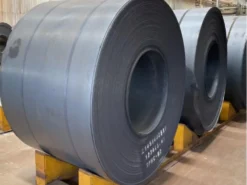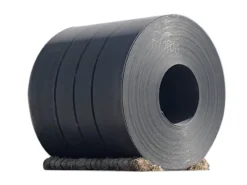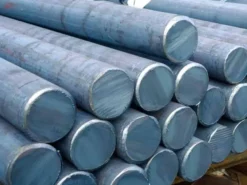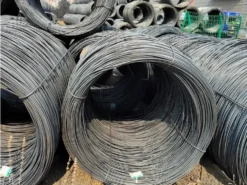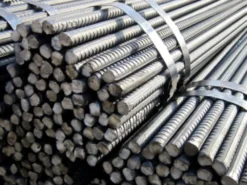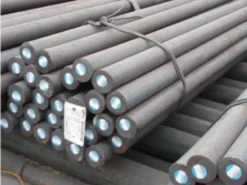Simply put, high-quality carbon structural steel is referred to as carbon bonded steel. Specifically, its carbon content is less than 0.08%. Compared with plain carbon steel, it is a high-quality carbon structural steel with superior quality, strict chemical composition, and requirements to ensure mechanical performance indicators, as well as low impurities such as phosphorus and sulfur.
The purpose of carbon bonded steel (round steel) is represented by numbers for carbon bonded steel grades, which are low in carbon content. Low carbon steel, including carbon bonded steel grades 08F, 10F, etc., has good plasticity and toughness. It is often manufactured through surface heat treatment, requiring a hard and wear-resistant surface, while the core has good integrity. The purpose of low-carbon bonded steel is to roll thin plates and deep drawn products. Medium carbon steel includes carbon bonded steel grades such as 15 # carbon bonded steel, 20 # carbon bonded steel, 35 # carbon bonded steel, 45 # carbon bonded steel, etc., with moderate performance and high comprehensive mechanical properties after quenching and tempering heat treatment. The purpose of medium carbon bonded steel is to manufacture small-sized quenched and tempered parts, including pull rods, shaft sleeves, gear wheels, piston pins, fasteners, etc. High carbon steel, including carbon bonded steel grades such as 50 #, 55 #, 60 #, and 75 #, has high strength and hardness. The purpose of high carbon bonded steel is to manufacture springs and parts that require wear resistance. Carbon bonded steel has poor hardenability and is not suitable for manufacturing parts with high performance requirements, large cross-sectional dimensions, or complex shapes.
Carbon steel can be divided into low carbon steel, medium carbon steel, and high carbon steel based on its chemical composition (i.e. carbon content).
1. Low carbon steel: also known as soft steel, with a carbon content ranging from 0.10% to 0.30%. Low carbon steel is easy to accept various processing such as forging, welding, and cutting, and is commonly used in the manufacturing of chains, rivets, bolts, shafts, etc. Due to its high elongation and low fracture resistance, it is also used in construction projects.
2. Medium carbon steel: Carbon steel with a carbon content of 0.25% to 0.60%, which can also contain a small amount of manganese (0.70% to 1.20%) in addition to carbon. Good Hot working and cutting performance, poor welding performance. The strength and hardness are higher than low-carbon steel, while the plasticity and toughness are lower than low-carbon steel. Hot rolled or cold drawn materials can be used directly without heat treatment, and can also be used after heat treatment. The quenched and tempered medium carbon steel has good comprehensive mechanical properties. The maximum hardness that can be achieved is approximately HRC55 (HB538), σ B is 600-1100MPa. Therefore, medium carbon steel is the most widely used in various applications with medium strength. In addition to being used as construction materials, it is also widely used to manufacture various Machine element.
3. High carbon steel: often called Tool steel, with carbon content ranging from 0.60% to 1.70%, which can be quenched and tempered. Hammers, crowbars, etc. are made of steel with a carbon content of 0.75%; Cutting tools such as drills, taps, and reamers are made of steel with a carbon content of 0.90% to 1.00%.
Steel Bar
Welcome! Thank you for your attention to our company’s products. Our steel products are designed to meet your project needs and quality. We hope you can find satisfactory products during browsing, and let us provide you with a satisfactory purchasing experience. We look forward to providing you with quality products and services!

